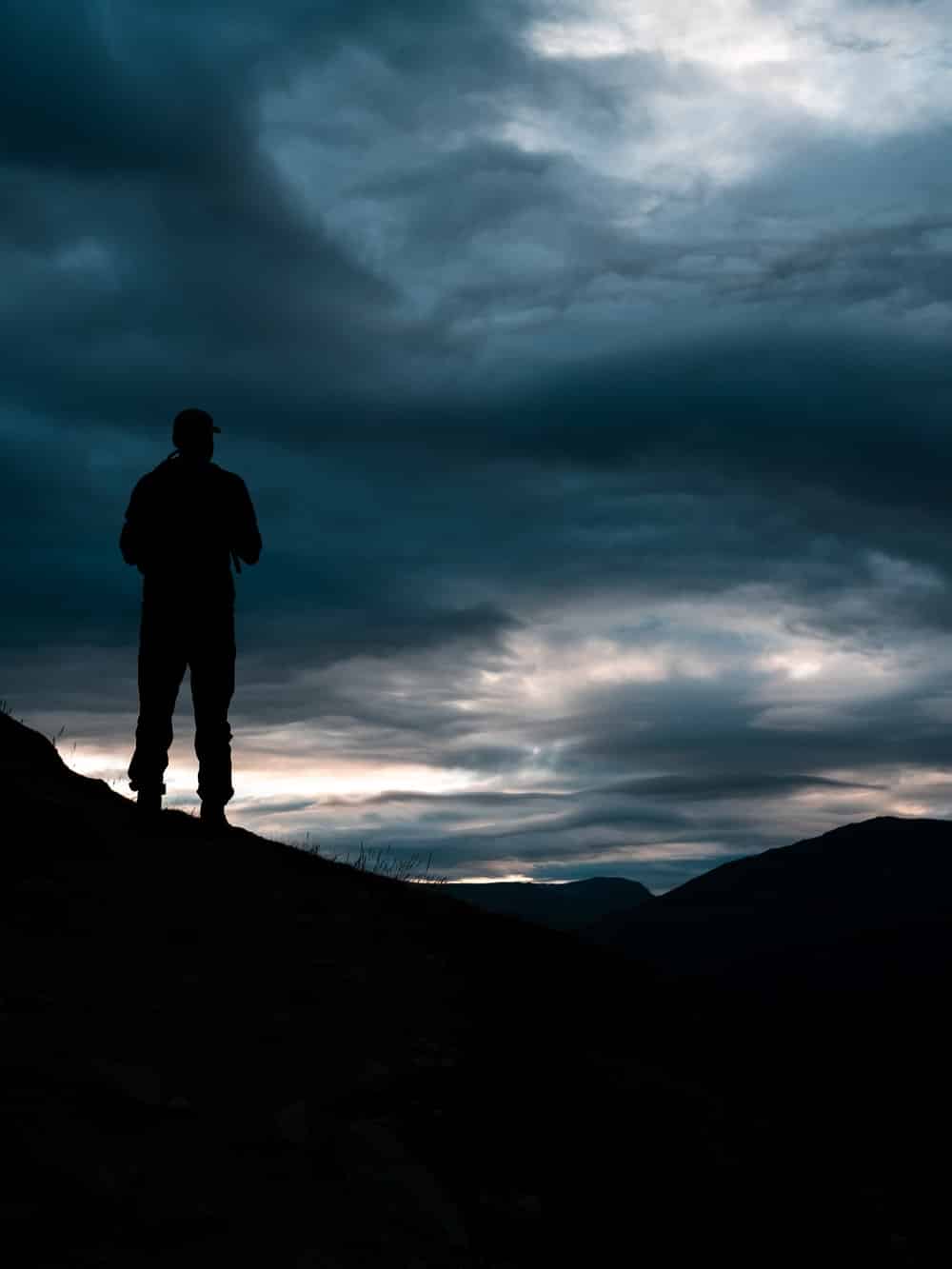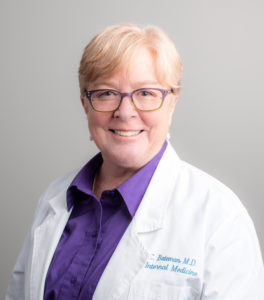Living with ME/CFS or fibromyalgia, important, energy consuming events can be absolutely overwhelming and impossible. In September’s education meeting, Linda Milne – a longtime patient and community member of the Bateman Horne Center – shares her knowledge about preparing for natural disasters, travel, and volunteering while living with chronic illness.
Empowerment through Preparation
Medical complications and natural disasters are never a good combination, but ME/CFS and fibromyalgia patients are especially vulnerable populations, as physical limitations make it unlikely that help will come. Therefore, it is critical that patients are self-sufficient when it comes to emergency preparedness.
Linda Milne explained three distinct scenarios in case of a natural disaster: sheltering in place, evacuating on foot, and evacuating by auto. While each scenario presents different challenges, clean drinking water is always a must. Each individual needs an ideal of three gallons of water per day, or a minimum of one gallon of water per day. Storing this much water can prove challenging, but it is one of the most important supplies; while people can survive many days without food, they cannot survive very long without water. With this in mind, we move to the first disaster scenario: sheltering in place.
Sheltering in Place
To shelter in place, individuals must have enough supplies to remain in the house for at least 14 days. Realistic challenges include no power, no safe drinking water, no toilet, no garbage collection, and no gas to purchase for the duration of the sheltering period. Therefore, key supplies include clean drinking water, food, first aid, bathroom tissue, and medication, as well as infant supplies and pet food where needed.
As human waste is toxic, it is very important to handle it properly. To maintain a healthy environment, Linda Milne strongly recommended that individuals line toilets with thick plastic bags for solid waste only. After use, these bags should be covered with kitty litter, sawdust, or disinfectant, and disposed of in a tin can with a tight-fitting lid (available at many hardware stores).
On Foot Evacuation
On foot evacuations require enough supplies per person for 96 hours, or four days and four nights. This should include sufficient water, sanitation supplies (optimally including a privacy tent), food and a way to cook it, first aid, a way to sleep, medications, infant and pet supplies, as well as a seasonal bag for rotating needs such as winter clothing.
Supplies must be packed in carts, not backpacks, as the water weight is otherwise unmanageable. Ideally, every person should have a cart of individual supplies.
As evacuation by foot can be physically challenging, Linda Miln advised everyone to reach out to nearby neighbors and ask for a commitment for them to check on you and help you in a crisis. In her experience, this offer has never gone refused, and it goes a long way toward ensuring safety when natural disasters combine with dangerous limitations or medical emergencies.
Evacuation by Auto
Finally, evacuation by auto involves scenarios where an individual or family has to rapidly evacuate in their car. To prepare for this, keep an emergency kit in every family vehicle with enough provisions for people caught in a rapid exit or experiencing a disaster away from home. Additionally, know what non-provision items you most want to take if you are given five minutes to evacuate.
Preparing for Travel
Moderate physical exertion, let alone days or weeks of travel, can often prove too much to handle when living with ME/CFS or fibromyalgia. However, Linda Milne believes that with careful planning and prioritizing, travel without relapse is possible.
The key is to spend time and money on the resources that prioritize health and comfort.
Linda Milne went on to give many examples of energy-efficient strategies she used in a recent trip to Europe that enabled her to enjoy her trip and avoid a crash. These strategies include: hiring a local friend to help navigate transportation systems, using hop-on, hop-off buses for easy access to sightseeing destinations, reserving railway seats, purchasing comfortable hotel rooms, visiting a modest number of destinations, and devoting generous evening time to rest and low-effort activities. In the future, she plans to hire a travel adviser, who is a specialist very willing to plan a trip with clients in any level of detail and work with any limitations.
Most of all, Linda Milne emphasized the importance of a long, long runway of preparation. Her plans and packing took place over the space of many months, which she referred to as her “secret weapon for being functional in life,” not just in travel.
Preparing for Volunteering
While natural disasters are relatively uncommon, and traveling may also be fairly rare, volunteering is a very common way to find a greater sense of meaningful accomplishment. “If you’re feeling like life is small and confining,” Linda Milne encouraged the audience, “consider finding a purpose and a passion and finding a group to which you can donate an hour or two here and there.”
Volunteering in order to seek greater meaning can take many forms, from online volunteering to assisting local needs to pouring greater attention and love into family life. Regardless of the focus, volunteer work can be a powerful, flexible way to expand a life perspective.
Emergency preparedness, traveling, and volunteering are challenging but empowering activities for individuals with ME/CFS and fibromyalgia. We gratefully thank Linda Milne for her insightful contributions, and invite everyone to join us online or in-person for our next month’s education meeting. Please sign up for our monthly newsletter or follow us Facebook, Twitter, and Instagram to keep up to date on the latest news in ME/CFS and fibromyalgia.



 Lucinda Bateman, MD, is a renowned clinician, researcher, and educator. Her Johns Hopkins University Medical School training instilled an approach to care that she has employed throughout her career - the patient comes first and the unknown or unexplained does not equate to a lack of proper and compassionate care. Since starting her own practice in 2000, she has served on six boards or committees, been the principal investigator for 45 studies, authored/coauthored 40 journal articles, served as adjunct instructor and adjunct assistant professor in the University of Utah Departments of Preventative Medicine, Internal Medicine, and Anesthesiology, and lectured around the world.
Lucinda Bateman, MD, is a renowned clinician, researcher, and educator. Her Johns Hopkins University Medical School training instilled an approach to care that she has employed throughout her career - the patient comes first and the unknown or unexplained does not equate to a lack of proper and compassionate care. Since starting her own practice in 2000, she has served on six boards or committees, been the principal investigator for 45 studies, authored/coauthored 40 journal articles, served as adjunct instructor and adjunct assistant professor in the University of Utah Departments of Preventative Medicine, Internal Medicine, and Anesthesiology, and lectured around the world.